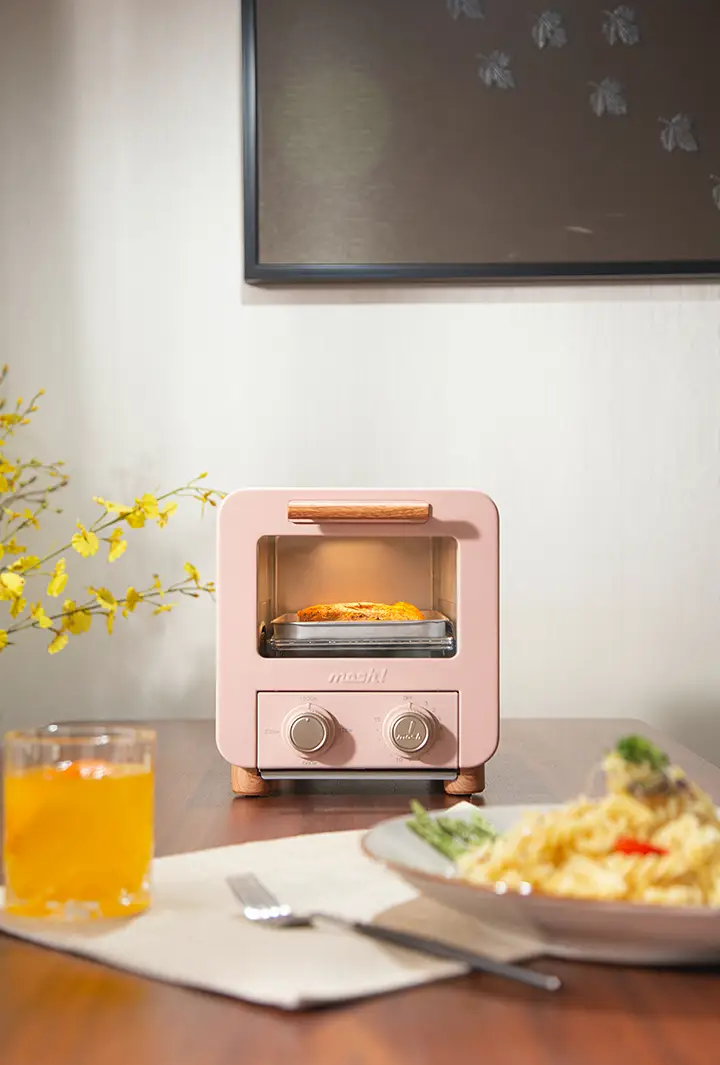Outlets and appliances in the kitchen are essential components of a safe and functional kitchen. However, it is also important to be aware of the potential risks associated with them. To ensure the safety of your home and family, it is important to understand the basics of kitchen outlet and appliance safety.
The most common type of outlet found in kitchens is the standard three-pronged outlet. These outlets provide a safe and reliable connection for electrical appliances. To ensure the safety of your kitchen outlets, it is important to check them regularly for any signs of damage or wear. If the outlet looks worn or the prongs are bent, it should be replaced immediately.
Likewise, it is important to ensure that any appliances you are using are in good working order. Always check the power cords and plugs for any signs of damage, as these can be a potential fire hazard. If the cords are frayed or cracked, they should be replaced. Additionally, it is important to never overload a single outlet by plugging in too many appliances. If you need to plug in multiple appliances, use an extension cord or a power strip to spread the load.
Finally, it is important to ensure that your kitchen outlets are equipped with ground fault circuit interrupters (GFCIs). These are devices that are designed to trip the circuit when it detects an imbalance in the flow of electricity. This helps to prevent shocks and possible fires. GFCIs should be tested regularly to ensure that they are in proper working order.
By following these simple safety tips, you can help to ensure the safety of your kitchen outlets and appliances. If you have any questions or concerns, it is best to consult a professional electrician for advice.
